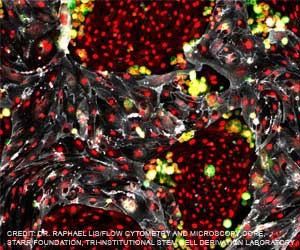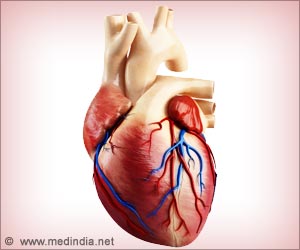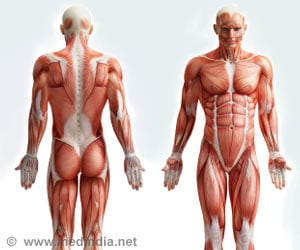Myoglobinopathy, is the new muscular disease, which is identified as the first disease caused by a mutation in myoglobin.

‘Discovery of Myoglobinopathy, a muscular disease has allowed to establish the diagnosis for some patients after many years and will allow researchers to focus on finding a cure for this disease from now on.’
Read More..




The study has been possible thanks to a collaboration with a group of geneticists from the University of Western Australia (UWA), led by Prof. Nigel Laing, and researchers from the Karolinska Institute (Stockholm, Sweden).Read More..
Myoglobin, the protein that gives muscles their red color, has as its main function the transportation and intracellular storage of oxygen, acting as an oxygen reservoir when there are low levels (hypoxia) or a total lack thereof (anoxia). It also acts as scavenger of free radicals and other reactive oxygen species, avoiding cell damage due to oxidative stress.
"This is the first time that a disease caused by a mutation in the myoglobin gene has been identified", says Montse Olivé, doctor at the Bellvitge University Hospital, responsible for the muscular disease area and researcher of the Human Molecular Genetics group of the Genes, Disease and Therapy at IDIBELL.
"We have identified the same mutation in several members of 6 unrelated European families, all of whom had the same symptoms and showed very characteristic lesions - called sarcoplasmic bodies - in muscle biopsies," adds Dr Olivé.
Myoglobinopathy, the name that has been proposed for the new disease, manifests between the fourth and fifth decade of life. It causes a progressive weakness of the axial and limb muscles, and in more advanced stages affects the respiratory musculature and the heart.
Advertisement
"We have observed that sarcoplasmic bodies correspond to oxidized lipids and misfolded proteins", says Nuria Benseny, a postdoctoral researcher at the ALBA synchrotron. Finally, researchers from the universities of Modena and Vienna have identified an alteration in the biochemical and thermodynamic properties of the mutated myoglobin, including an alteration in the oxygen-binding capacity that contributes to the formation of the lipid and protein aggregates that are found in the muscles of the patients.
Advertisement
Source-Eurekalert









